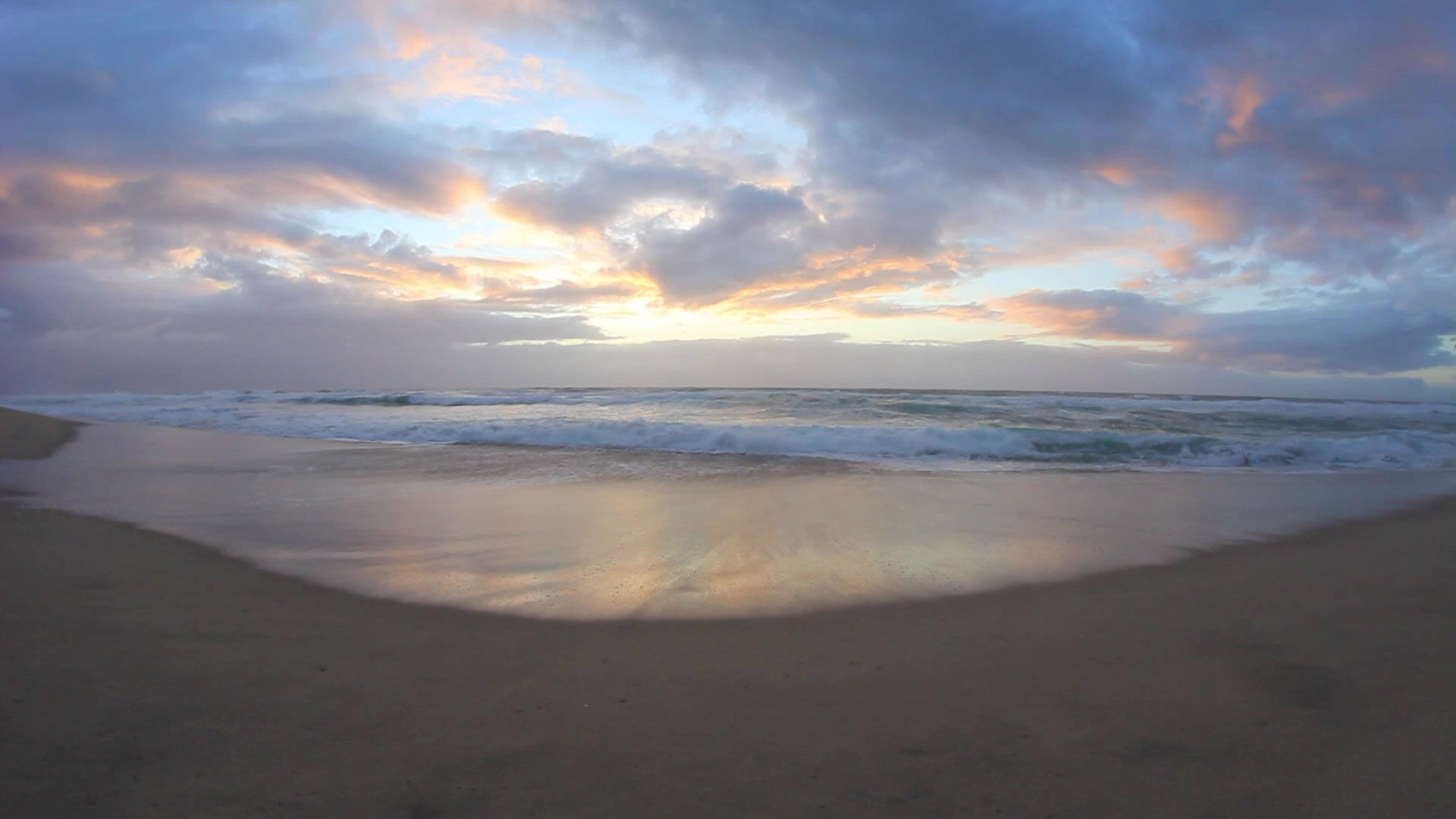
CULTURE AND TOURISM.
Lesseps Entença Palau Reial Maria Cristina Drassanes Via Júlia Paral.lel Sagrera Verdaguer Sant Andreu Alfons X Glòries Arc de Triomf Santa Eulàlia Urgell Maragall Jaume I Pep Ventura Pere IV Torres i Bages Dos de Maig 11 de setembre Muntaner Numància
WHITE LINES
Torres i Bages:He did his first studies i Vilafranca and in 1859 he went to Barcelona, where he obtained the bachelor degree in arts with the work "God and the human soul." He studied law at the University of Barcelona. In 1868 and during the events of the so-called "Revolution of
September" he fled to France with his family.
Verdaguer: He was a Spanish priest and poet who wrote his work in the Catalan language, whose literature was especially influenced by Bishop Torras i Bages, who described him as "Prince of Catalan poets". Jacinto Verdaguer is also known as Mossèn Cinto Verdaguer, because of his status as a cleric. In 1982 with the reorganization of line numbers and name changes of stations, it adopted the current name.
Santa Eulalia:Santa Eulalia:Saint Eulalia (Aulaire, Aulazia, Olalla, Eulària) (c. 290–12 February 303), co-patron saint of Barcelona, was a 13-year-old Roman Christian virgin who suffered martyrdom in Barcelona during the persecution of Christians in the reign of emperor Diocletian (although the Sequence of Saint Eulalia mentions the "pagan king" Maximian). There is some dispute as to whether she is the same person as Saint Eulalia of Mérida, whose story is similar.
Pep Ventura: Josep Maria Ventura i Casas, Alcalá la Real, 1817-Figueres, 1875) Spanish composer. Virtuoso of the tenora, highlighted as an author of religious music and then settled in Figueres. In his adolescence he was employed in the tailoring of Joan Llandrich, who was also director of one of the local sardana coblas. The musical formation of Ventura came mostly from Llandrich, and was gradually completed self-taught.and more than two hundred sardanas (for you I cry, the touch of sentence). Shortly after his birth his family returned to Roses (Girona), where he was originally from,
Sagrera: The sagrera or cellar is the space that surrounds the churches and which was considered a sacred physical territory. The term appears mentioned in several Visigothic councils that set the distance of inviolability of thirty steps around churches and cemeteries
Jaume I: Jaume I the Conqueror (Catalan: Jaume el Conqueridor, Aragonese: Chaime lo Conqueridor, Occitan: Jacme lo Conquistaire, Spanish: Jaime the Conqueror; 2 February 1208 - 27 July 1276) was King of Aragon, Count of Barcelona, and Lord of Montpellier from 1213 to 1276; King of Majorca from 1231 to 1276
Maragall:He was a Spanish poet and considered one of the fathers of Catalan modernist poetry, he started working as an apprentice in the family industry.Joan Maragall was a man of religious roots and a strong political implication.
Alfons X: Alfonso X was the King of Leon, Castile, and of the other kingdoms and ruled between 1252 and 1284
RED LINES
Glòries: a name that Víctor Balaguer, historian of the late nineteenth century, gave a new place in Barcelona, in memory of the "Catalan glories (or glorious times)" of the Middle Ages
Urgell:The County of Urgell was a territorial and administrative division of the Old Catalonia in the form of a county from 785 until 1413 when it became a member of the Corona de Aragón.
11 Septembre:The National Day of Catalonia (Catalan: Diada Nacional de Catalunya is a day-long festival in Catalonia and one of its official national symbols, celebrated annually on 11 September. It commemorates the fall of Barcelona during the War of the Spanish Succession in 1714 and the subsequent loss of Catalan institutions and laws.
Arc del Triomf:The Arc de Triomf or Arco de Triunfo in Spanish, is a triumphal arch in the city of Barcelona in Catalonia, Spain. It was built by architect Josep Vilaseca i Casanovas as the main access gate for the 1888 Barcelona World Fair. The arch crosses over the wide central promenade of the Passeig de Lluís Companys, leading to the Ciutadella Park that now occupies the site of the world fair. It is located at the northern end of the promenade, facing the Passeig de Sant Joan.